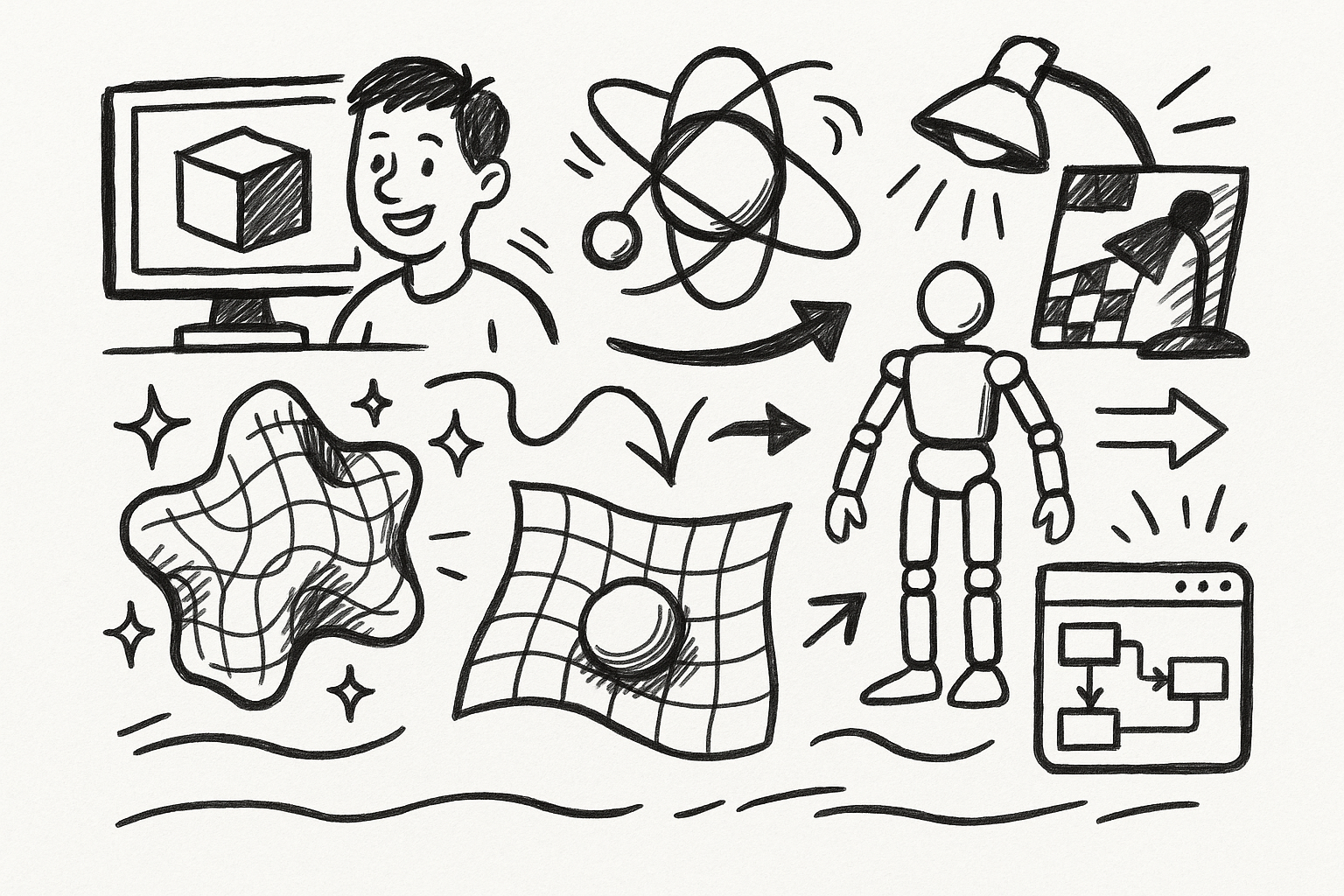Your Cart is Empty
Customer Testimonials
-
"Great customer service. The folks at Novedge were super helpful in navigating a somewhat complicated order including software upgrades and serial numbers in various stages of inactivity. They were friendly and helpful throughout the process.."
Ruben Ruckmark
"Quick & very helpful. We have been using Novedge for years and are very happy with their quick service when we need to make a purchase and excellent support resolving any issues."
Will Woodson
"Scott is the best. He reminds me about subscriptions dates, guides me in the correct direction for updates. He always responds promptly to me. He is literally the reason I continue to work with Novedge and will do so in the future."
Edward Mchugh
"Calvin Lok is “the man”. After my purchase of Sketchup 2021, he called me and provided step-by-step instructions to ease me through difficulties I was having with the setup of my new software."
Mike Borzage
ZBrush Tip: Mastering Intricate Patterns with ZBrush's Array Mesh Feature
October 12, 2024 2 min read

In the realm of digital sculpting and modeling, achieving intricate and repetitive patterns can often be a daunting task. However, with ZBrush's powerful Array Mesh feature, artists can streamline this process significantly. The Array Mesh functionality in ZBrush allows for the creation of complex, repetitive patterns with ease, boosting efficiency and opening doors to creative possibilities. Here's a deeper look at how you can effectively utilize Array Mesh in your workflow:
-
Understanding Array Mesh:
Array Mesh is a feature in ZBrush that enables you to duplicate an object multiple times in a specified arrangement, such as linear, radial, or grid formations. This is particularly useful for creating details like chains, scales, architectural elements, or any other pattern-based design. -
Setting Up Array Mesh:
Begin by selecting the subtool you wish to duplicate. Navigate to the Transform panel and open the Array Mesh submenu. Activate the Array Mesh by toggling the On switch. -
Adjusting Parameters:
Explore the three main sections in the Array Mesh settings: Transpose, Repeat, and Offset. These settings allow you to manipulate the position, orientation, and number of duplicates:- Transpose: Use this to move, rotate, or scale your array in 3D space.
- Repeat: Determine how many times the object is duplicated.
- Offset: Control the distance between duplicates, which can be adjusted along the X, Y, and Z axes.
-
Creating Complex Patterns:
Combine multiple Array Mesh setups to create intricate designs. For example, use a linear array to duplicate an object along one axis and a radial array to form a circular pattern. Experiment with layering arrays to develop unique geometric arrangements. -
Live Update and Non-Destructive Workflow:
One of the significant advantages of Array Mesh is its non-destructive nature. The live update feature allows you to make changes to the original object, which automatically updates across all instances in the array. This feature is particularly useful for refining your design without the need for manual adjustments to each duplicate. -
Converting to Mesh:
Once satisfied with your pattern, convert the Array Mesh into a regular mesh by using the Make Mesh button. This step is crucial if you plan to export or perform further sculpting on the pattern. -
Applications and Use Cases:
Utilize Array Mesh for a variety of applications, from creating mechanical details like gears and bolts to organic patterns found in nature, such as honeycombs or leaf arrangements. The versatility of Array Mesh can significantly enhance both the efficiency and creativity of your projects.
You can find all the ZBrush products on the NOVEDGE web site at this page.
Also in Design News

Revolutionizing 3D Design: Exploring Five Groundbreaking Innovations in Cinema 4D
August 31, 2025 4 min read
Read More
Revolutionizing Telecommunications: The Rise of Advanced Design Software
August 31, 2025 16 min read
Read More
Cinema 4D Tip: Optimizing 2D Matte Integration with Projection Man in Cinema 4D
August 31, 2025 3 min read
Read MoreSubscribe
Sign up to get the latest on sales, new releases and more …


